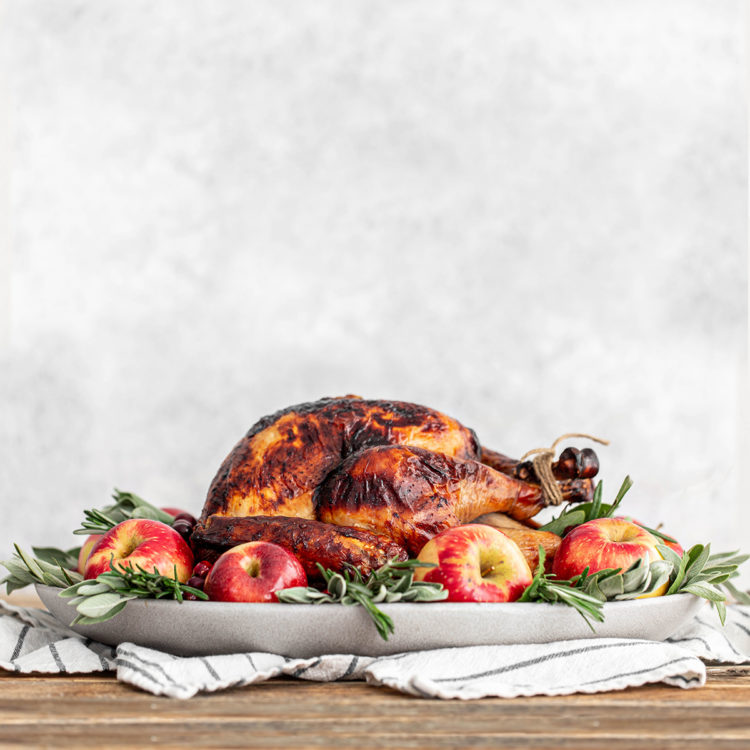
How to Season a Turkey for Roasting
Not sure How to Season a Turkey so it turns out flavorful and moist without fail? Here is my tried and tested method for seasoning a Thanksgiving turkey from the inside out.
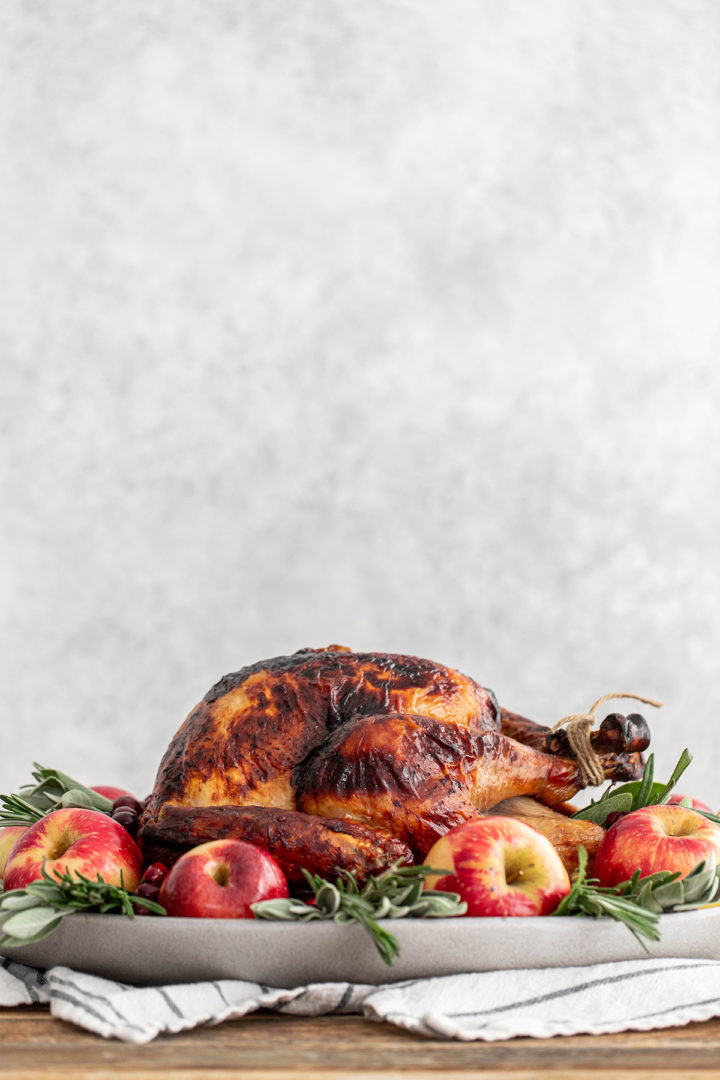
Looking for general turkey roasting tips? I have a detailed guide on How to Roast a Turkey that will walk you through the exact steps for roasting a perfect turkey year after year.
All About Seasoning a Turkey for Thanksgiving
If properly seasoning and roasting a turkey for Thanksgiving intimidates you, I fully understand.
It took me years to figure out how to prepare a whole turkey so it would turn out moist and flavorful every single time — and I create recipes for a living!
At long last, I’m sharing all of my top tips for seasoning a turkey for roasting in one streamlined guide.
Yes, you’ll need to plan ahead to ensure your turkey has been thawed, brined, and seasoned before the big day, but I promise you that each step in the turkey preparation process is straightforward and easy to follow!
Keep reading to learn exactly how to season a turkey for Thanksgiving so that it’s flavored from the inside out.
The 4 Easy Steps to Seasoning a Turkey
Unsure what to season a turkey with? I recommend following these four basic steps:
- Brine the turkey (dry or wet).
- Rub with a compound butter.
- Stuff with aromatics.
- Baste the turkey periodically as it roasts.
Now that you know the basic process, I’ll dive into a more detailed explanation of each turkey seasoning step below and include links for all of my favorite ways to season a turkey.
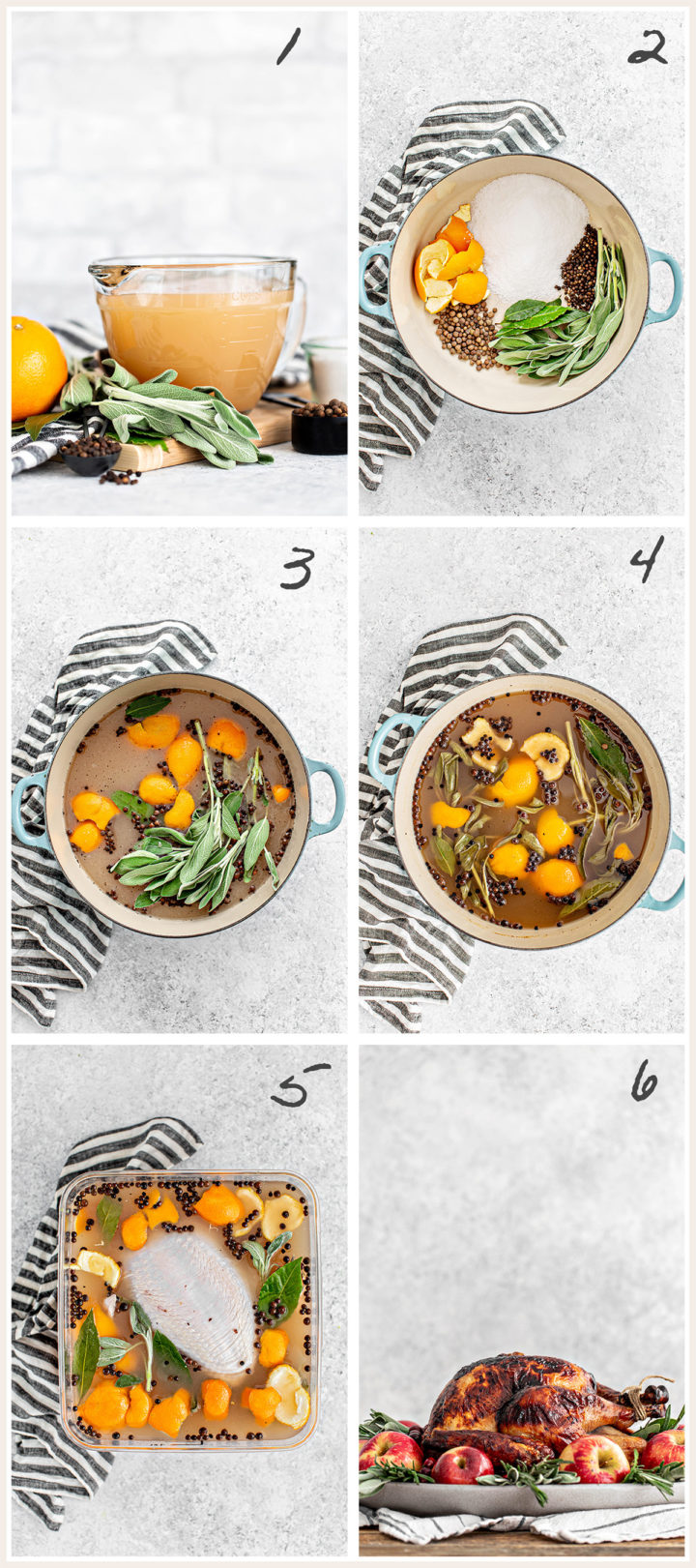
Step 1: Use a Wet or Dry Brine
For me, brining and seasoning a turkey go hand in hand. It doesn’t matter whether I’m roasting or smoking my Thanksgiving turkey — I’m always going to brine it.
Why brine a turkey? A wet brine seasons the turkey from the inside out. As the turkey sits in the brine, it also draws in extra moisture which in turn makes it juicier after roasting.
Additionally, the salt in the wet brine helps tenderize the turkey. Remember that turkeys are big birds, and it’s nearly impossible to create a super moist and tender roast turkey without first brining it!
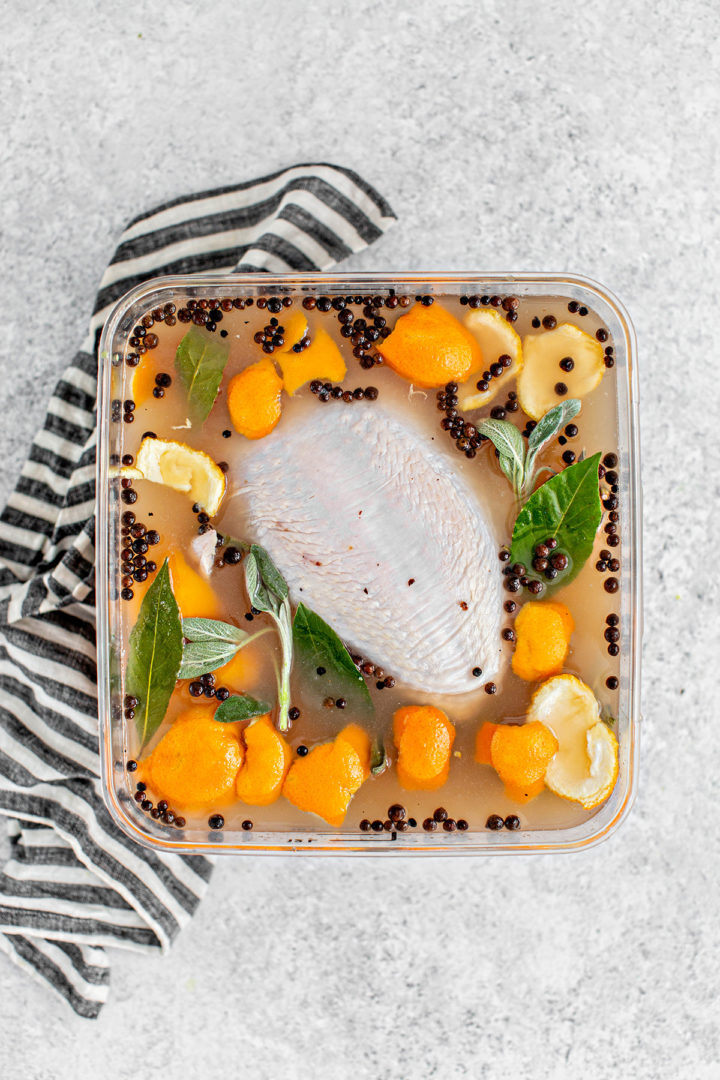
Dry vs. Wet Brine
The key differences between a wet turkey brine and a dry turkey brine are as follows:
- Wet brine: Is a solution containing water, salt, and optional aromatics (such as bay leaves, peppercorns, etc.) The turkey is submerged in the wet brine and refrigerated for 12 or more hours to season and tenderize it before roasting.
- Dry brine: Contains no water or any other liquids. The brine is made with kosher salt and additional seasonings, that’s it! The process is less messy since the turkey doesn’t have to sit in a vat of salt water, and you can dry brine a whole turkey in less time that it takes to wet brine. However, a dry brine does NOT season the turkey from the inside out.
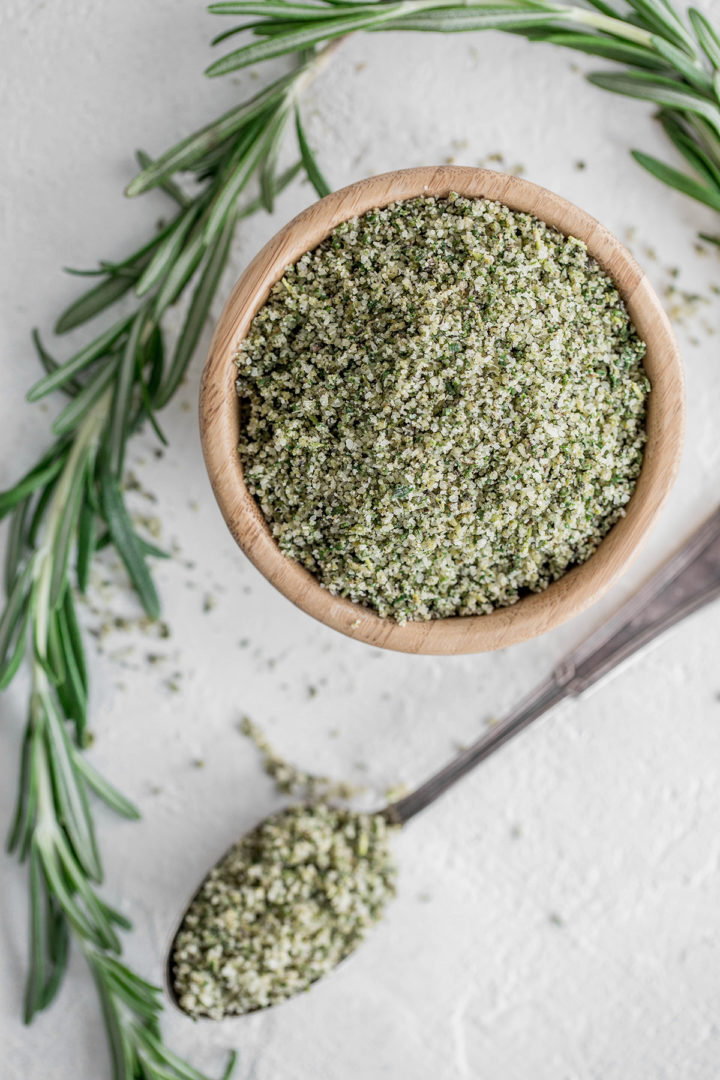
Which Type of Brine Should I Use?
If you’ve never brined a turkey before, you might find dry brining easier. There are no salt-to-water ratios to worry about, no stock pots to fill and refrigerate, and the whole process is less messy overall.
My suggestion: Garlic Herb Turkey Dry Brine Recipe
If you’ve roasted a turkey before and have dabbled with wet brines in the past, I think you can master the art of the wet brine this Thanksgiving!
My suggestions: This is my Simplest Turkey Wet Brine. Start with this recipe if you want to master the basics this year. Otherwise I recommend following my recipes for Apple Cider Turkey Brine or Citrus Herb Turkey Brine. Both are easy to make but require additional ingredients.
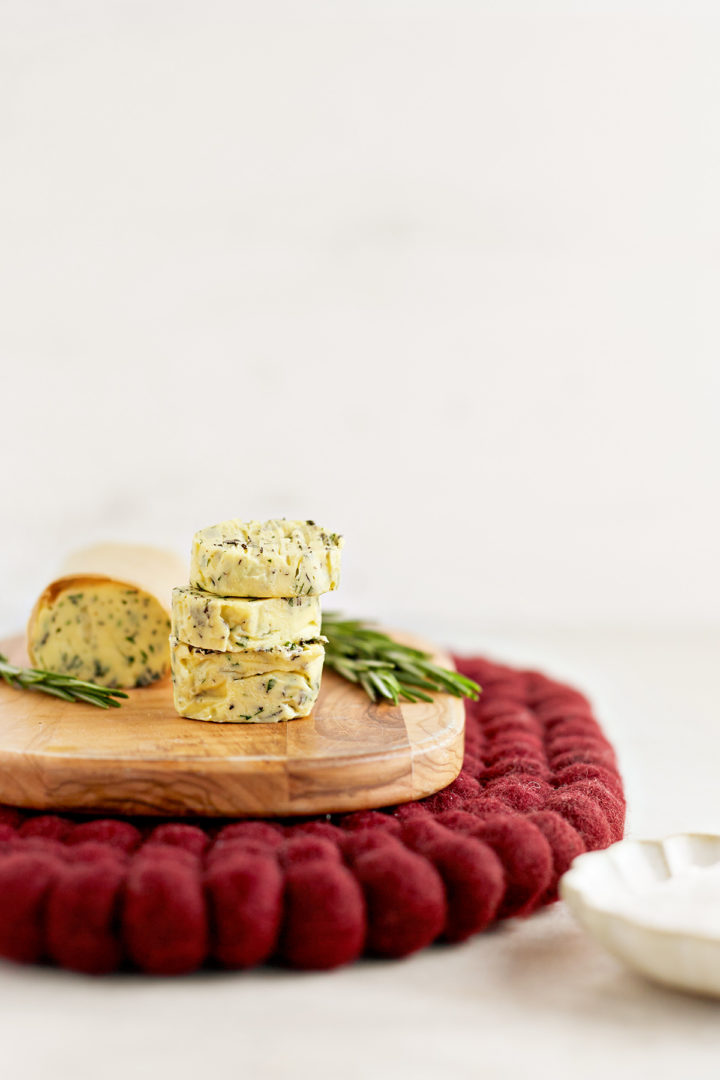
Step 2: Slather with Herb Butter
Why rub a turkey with herb butter before roasting? The herbed compound butter adds even more flavor to the brined turkey, plus it helps to seal in moisture and create that crispy golden skin everyone loves!
Once you’ve brined the turkey according to the instructions provided in one of the recipes linked above, rinse it under cold tap water and pat it dry with clean paper towels.
Then, make a simple garlic herb butter (I’ve linked my favorite recipe) and rub it all over the turkey. Be sure to slather the butter all over the outside of the turkey, as well as under the skin and inside the cavity.
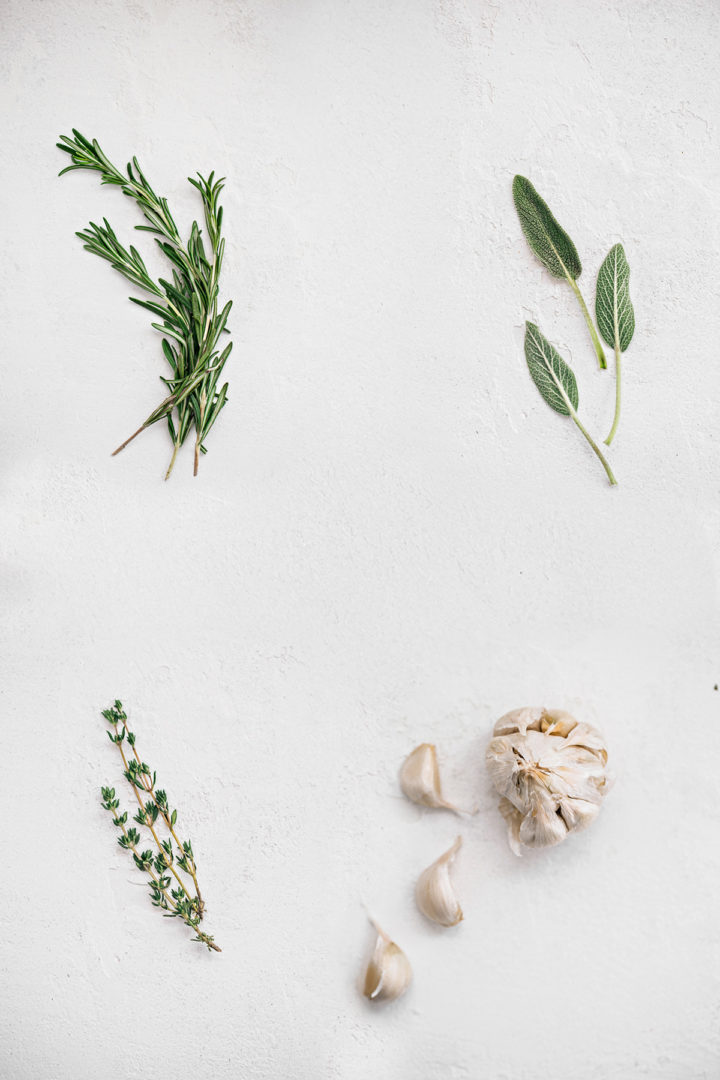
Step 3: Stuff the Cavity with Aromatics
Why stuff a turkey with aromatics? As the turkey roasts, the aromatics soften and release steam. That steam works its way into the turkey, keeping it ultra moist and juicy while also infusing it with fresh flavor.
To stuff the turkey cavity: Roughly chop an onion, a couple celery stalks, and a carrot. Stuff them into the cavity (do not tightly pack, keep it loose). Then, add a small handful of fresh herbs; I prefer parsley, sage, rosemary, and / or thyme.
You can also add lemon halves or apple chunks. It just depends on the size of your bird and how much room you have inside the cavity!
Step 4: Baste Turkey with Pan Drippings as it Roasts
Why baste a turkey as it roasts? “Basting” refers to the act of spooning the pan drippings that collect beneath the turkey back over the top of the bird. (I recommend using an actual turkey baster to make this process easier and safer.)
Basting a turkey periodically as it roasts helps to season and crisp up the skin. It also locks in moisture and makes for a juicier Thanksgiving turkey overall.
One word of caution: do NOT baste your turkey too often! I typically roast my turkey for 45 minutes, baste it, then finish roasting until the breast registers an internal temperature of 160ºF. You can opt to baste the turkey once more in the final 45 minutes of cooking, if desired.
After you’ve finished basting and roasting your turkey, be sure to save those drippings to make scratch turkey gravy!
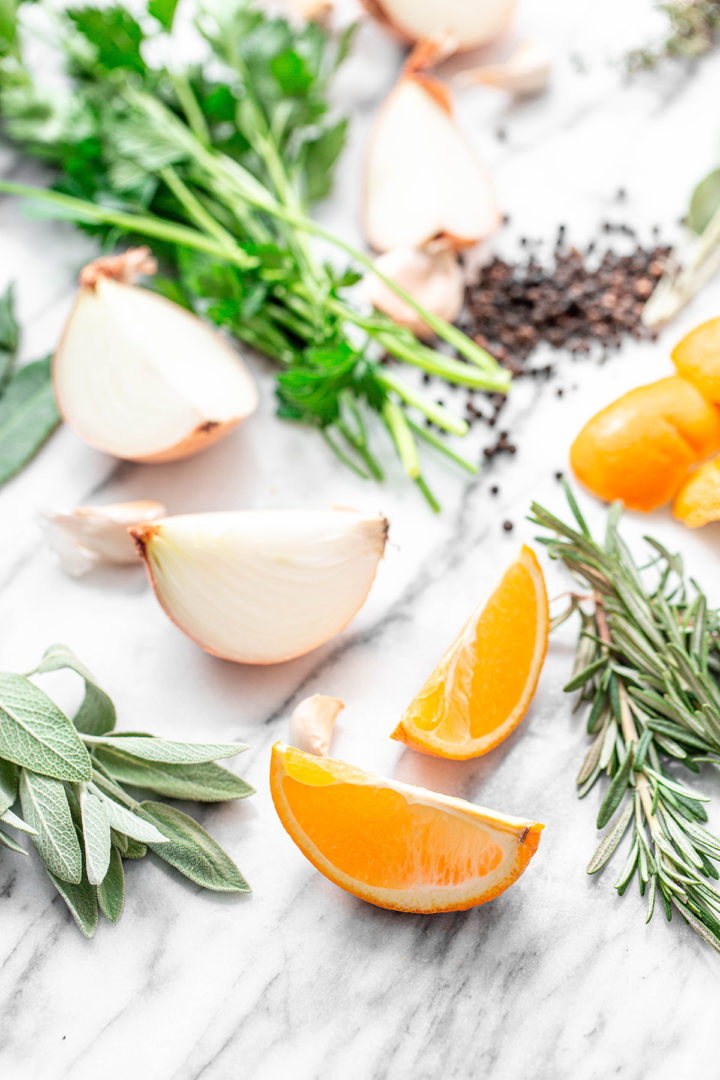
Final Tips for the Most Flavorful Turkey
- Slather the turkey with herb butter, not just dried herbs. Using a compound butter that’s flavored with garlic and herbs will deliver more flavor and moisture than if you use just dried herbs and spices on the outside of the turkey.
- Don’t forget to season the cavity! This includes rubbing the cavity with herb butter AND stuffing it with aromatics like chopped onion, carrot, celery, and fresh herbs. Properly seasoning the cavity will help to flavor the turkey all the way through.
- Let the turkey rest before carving. A whole turkey will need around 30 minutes to allow the juices time to redistribute, creating a more flavorful and juicier cut of meat.
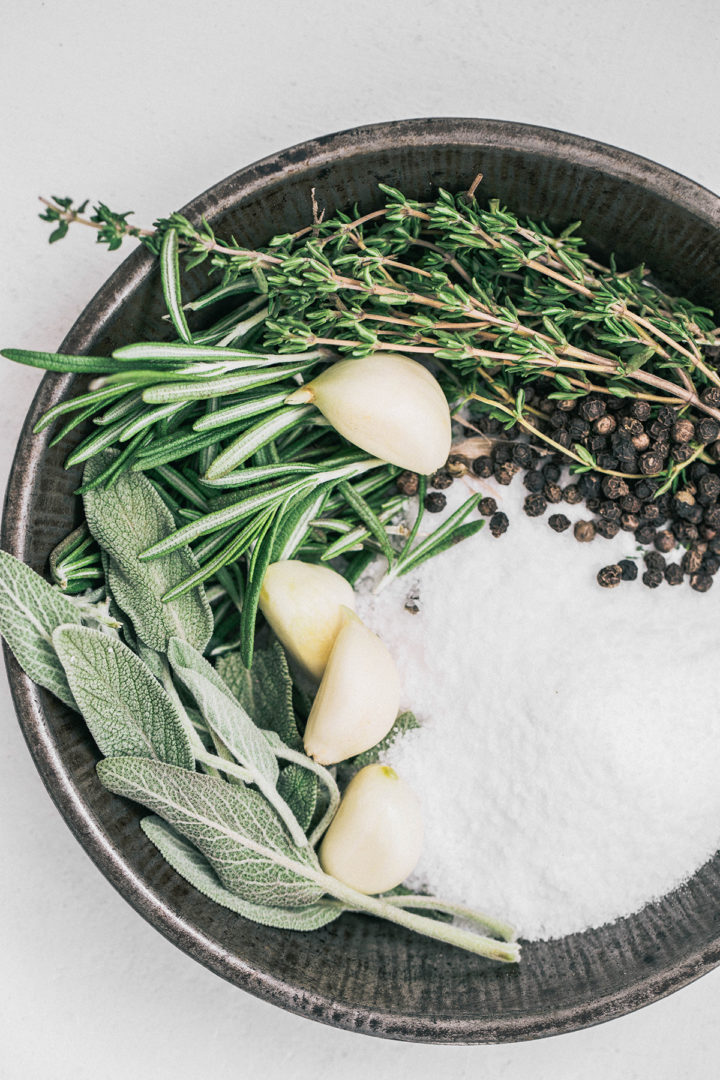
Turkey FAQs
Got questions about how to make this recipe? Here are the answers to a few commonly asked questions. Feel free to leave any other questions in the comments on this post and I’ll respond with answers.
Should I follow the same steps to season a turkey breast?
Yes, but since a turkey breast is much smaller than a whole turkey, it will need to sit in a wet brine for only 3 to 6 hours.
You can likely also skip the basting step since a turkey breast requires significantly less time to cook and therefore has less of a chance of drying out.
What are the best herbs for seasoning a turkey?
I prefer using some combination of fresh parsley, sage, rosemary, and thyme for making the herb butter and stuffing the cavity.
Should I salt a turkey before cooking it?
If you brined the turkey as suggested, you shouldn’t need to add any additional salt to the outside.
Should I follow the same seasoning steps if I’m smoking my turkey?
If you plan on busting out your smoker this Thanksgiving, I suggest following my Smoked Turkey Recipe for specific details on seasoning and cooking your turkey.
I always use this Rosemary Beer Brine Recipe to season my smoked turkey, and it’s been a family favorite for years!
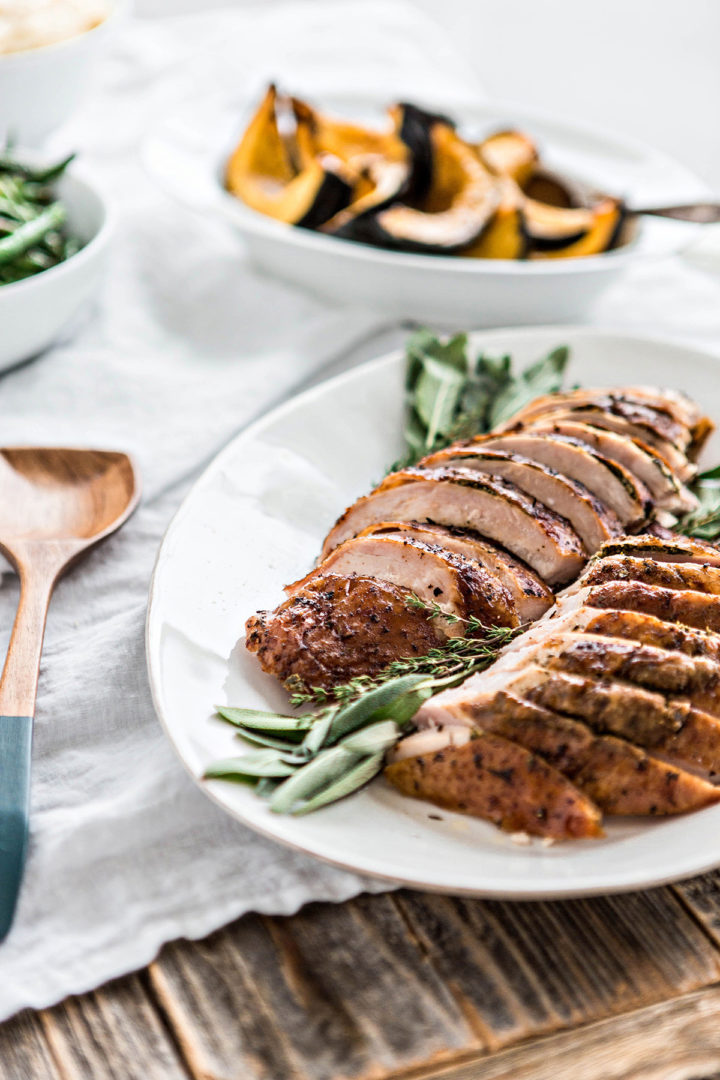
Enjoy Your Perfectly Seasoned Roast Turkey!
If you want to roast a perfectly juicy and flavorful turkey this Thanksgiving, follow this tutorial for seasoning a whole turkey.
Did you love how easy it was to follow the steps? Leave a comment below and give it a review for others to see what you thought.
On Instagram? Share your photo and tag me with @goodlifeeats and #goodlifeeatsrecipes. I’d love to see a photo of your Thanksgiving turkey!
Planning to make an old-fashioned stuffed turkey for Thanksgiving? The end results will be delicious so long as you take the proper precautions to cook the stuffing properly! Check out my How to Roast a Stuffed Turkey tutorial so your bird turns out moist and juicy and the stuffing gets fully cooked through.
Recipes to Make Using Leftover Turkey:
Green Chile Turkey Tetrazzini takes this traditional Thanksgiving turkey leftover recipe to the next level. This turkey casserole is loaded with flavor thanks to the addition of green chiles, poblano peppers, and spicy pepper jack cheese.
Making Homemade Turkey Stock is relatively simple after your Thanksgiving feast. Homemade turkey stock is so worth the effort!
Turkey Vegetable Soup is the perfect way to use up leftover Thanksgiving turkey. This updated version of the classic Turkey Soup is loaded with vegetables, noodles, and plenty of flavor thanks to fresh thyme and parmesan.
Curried Turkey Soup is ready in about an hour and is so easy to make and has so much flavor!
Get More Recipes via Email
Did you love these suggestions for seasoning a turkey? Sign up to receive Good Life Eats Email Updates and never miss another recipe!
Ways to Season a Turkey
Garlic Herb Dry Turkey Brine Recipe
This recipe for Garlic Herb Peppercorn Dry Brine is full of flavor and will make your turkey shine on Thanksgiving! Dry brining a turkey is really simple and produces juicy, seasoned turkey meat.
Simple Turkey Brine
This is my Simplest Turkey Wet Brine. Start with this recipe if you want to master the basics this year.
Apple Cider Sage Turkey Brine
This apple cider sage turkey brine infuses roasted turkey with so much flavor and helps keep the meat moist. It’s a must have for me when I’m hosting Thanksgiving.
Fresh Herb and Citrus Turkey Brine
This Fresh Herb and Citrus Turkey Brine combines lots of fresh herbs with a subtle hint of citrus. Brining your turkey will tenderize the meat and infuse it with a TON of flavor for Turkey Day! This brine amount works for one 16 - 20 lb turkey.
Garlic Herb Butter for a Turkey
Rub your Thanksgiving turkey with this compound Garlic Herb Butter for added flavor and moisture. Prepare the herbed butter in advance to save yourself time on the big day!
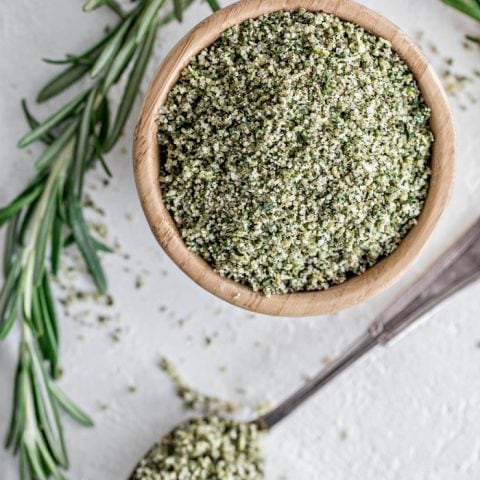
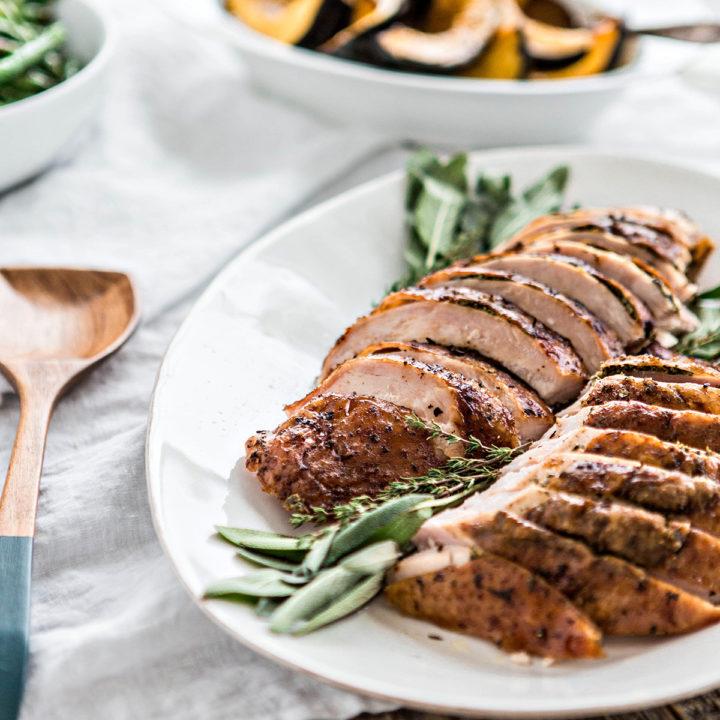
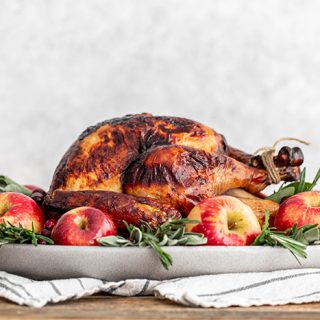
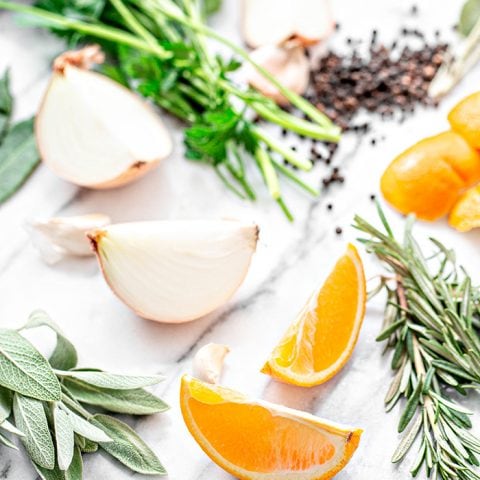
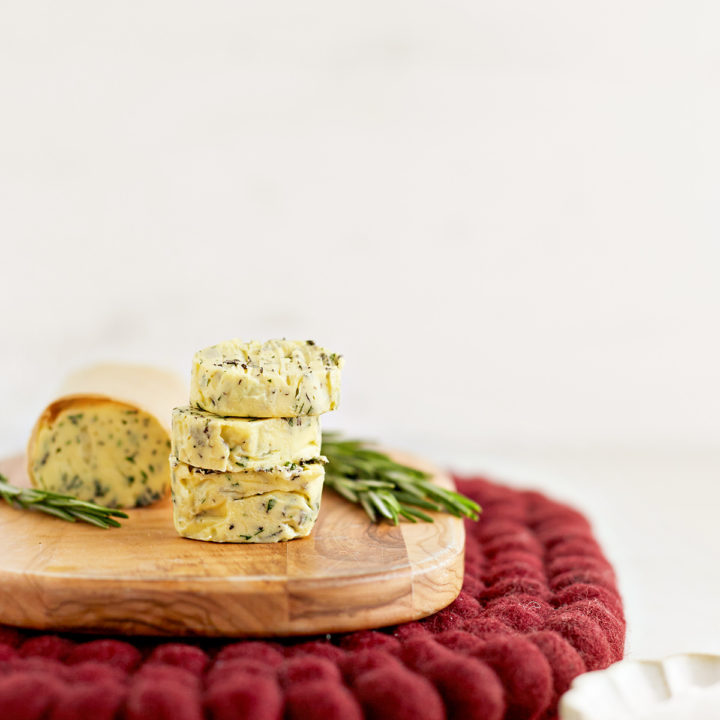
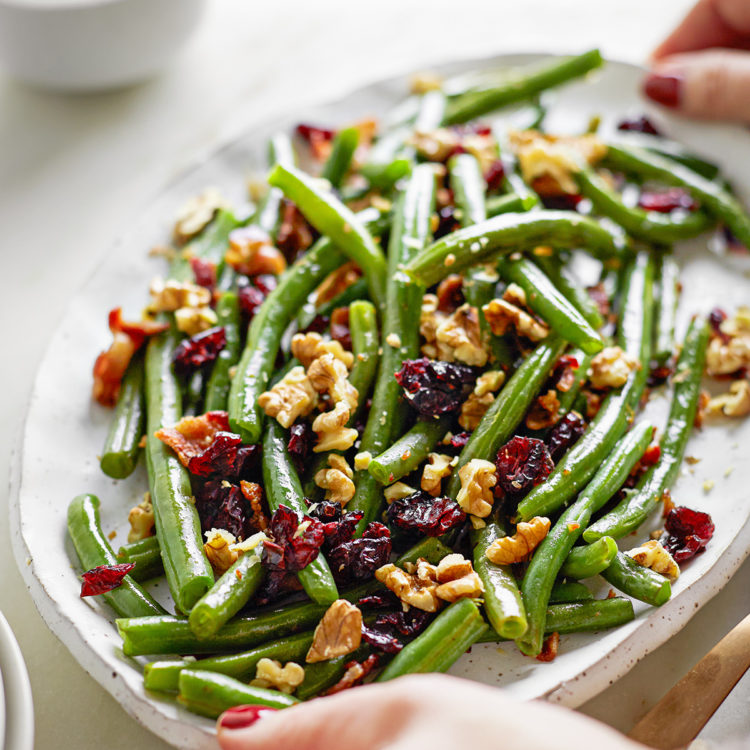
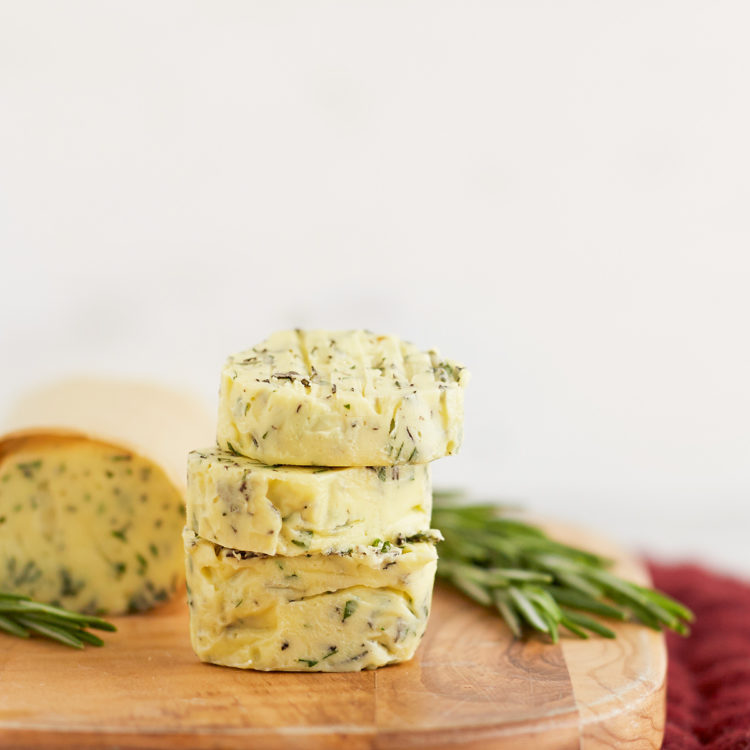
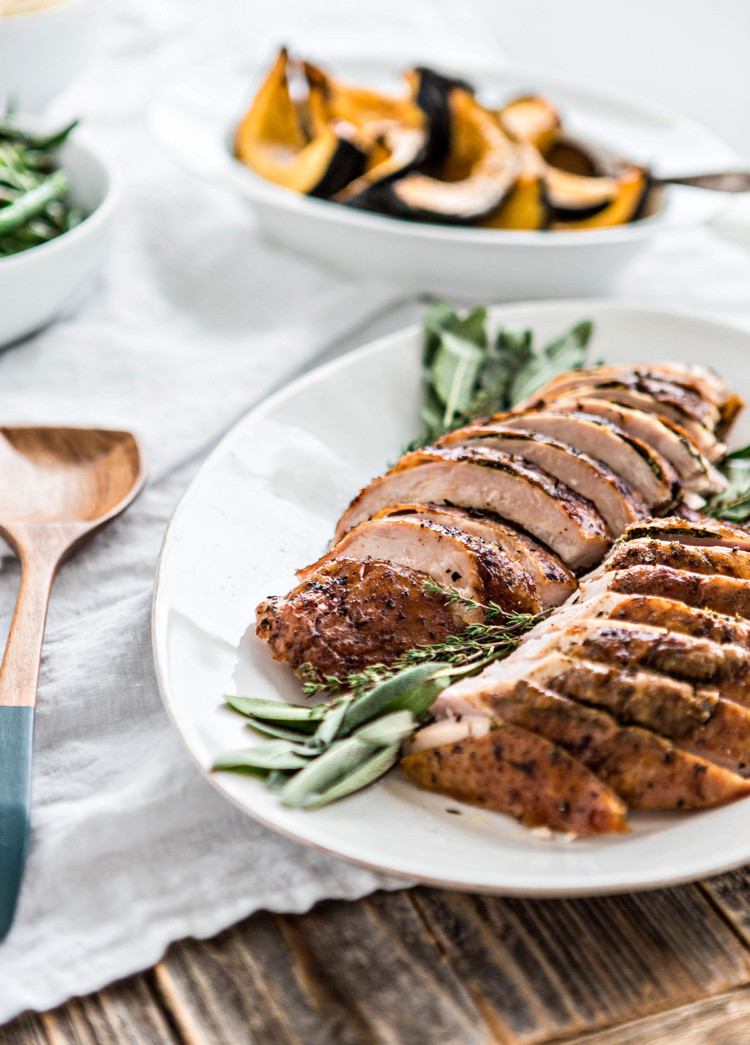
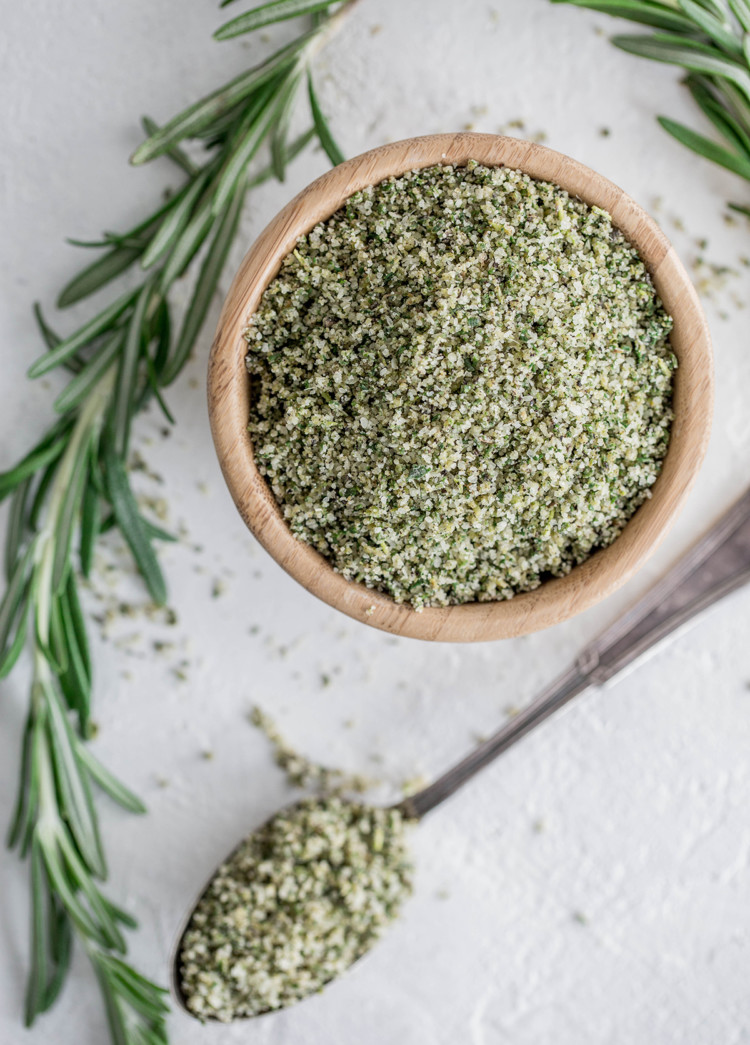
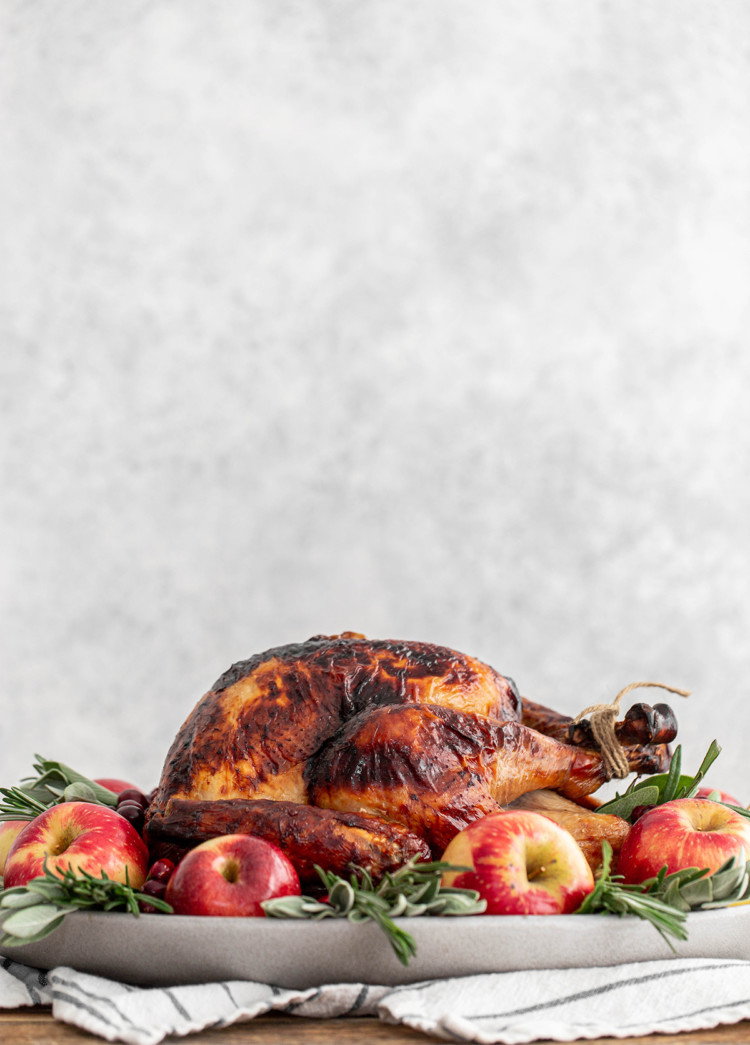
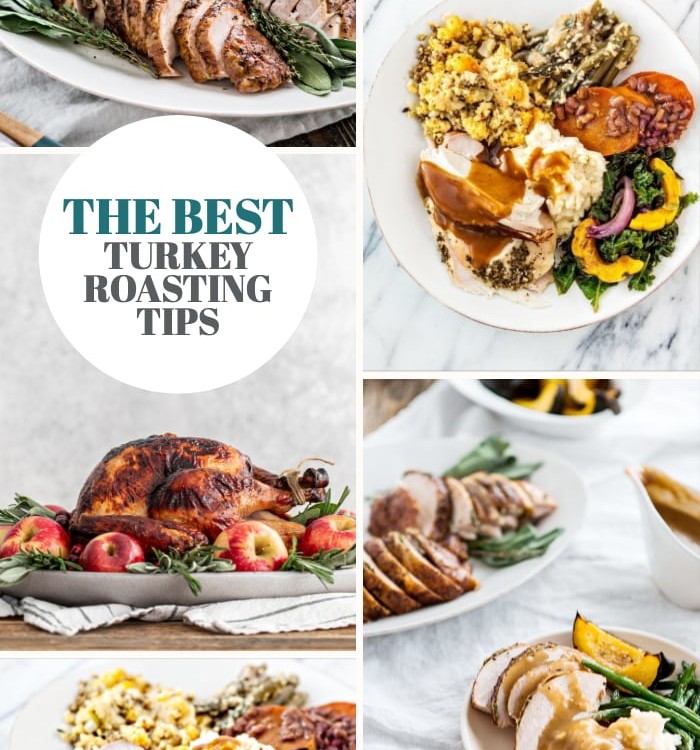
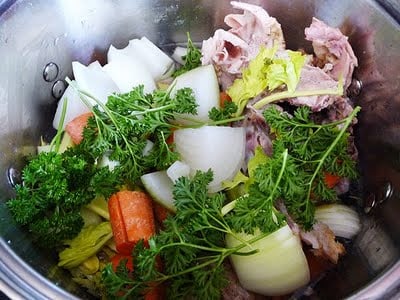
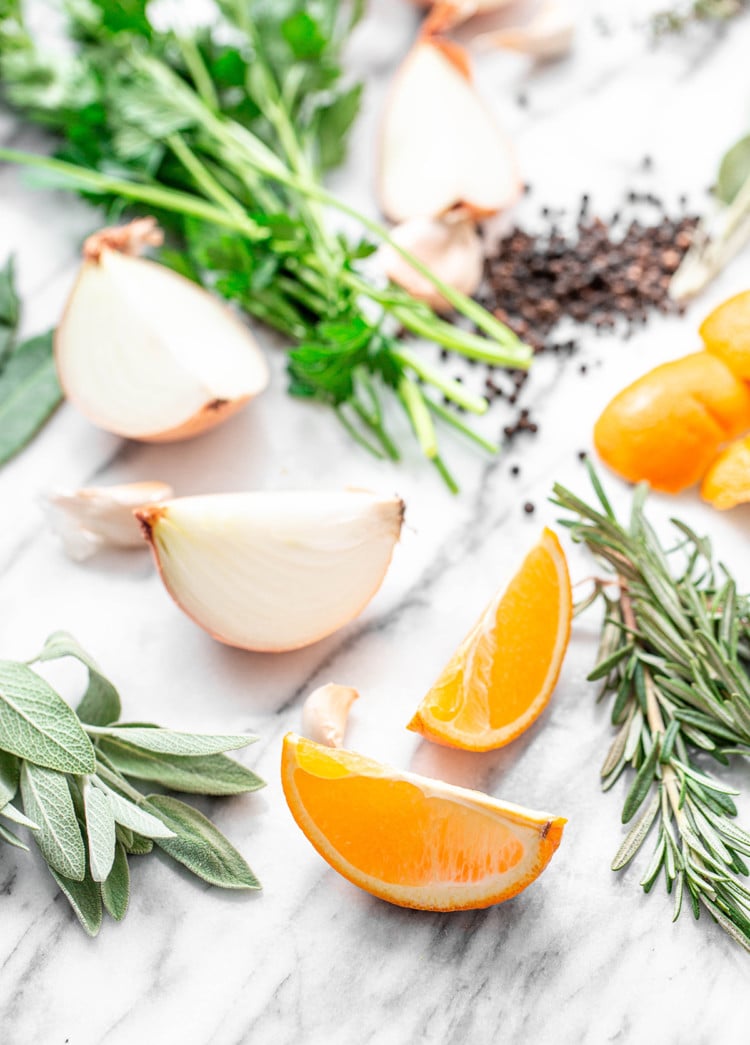
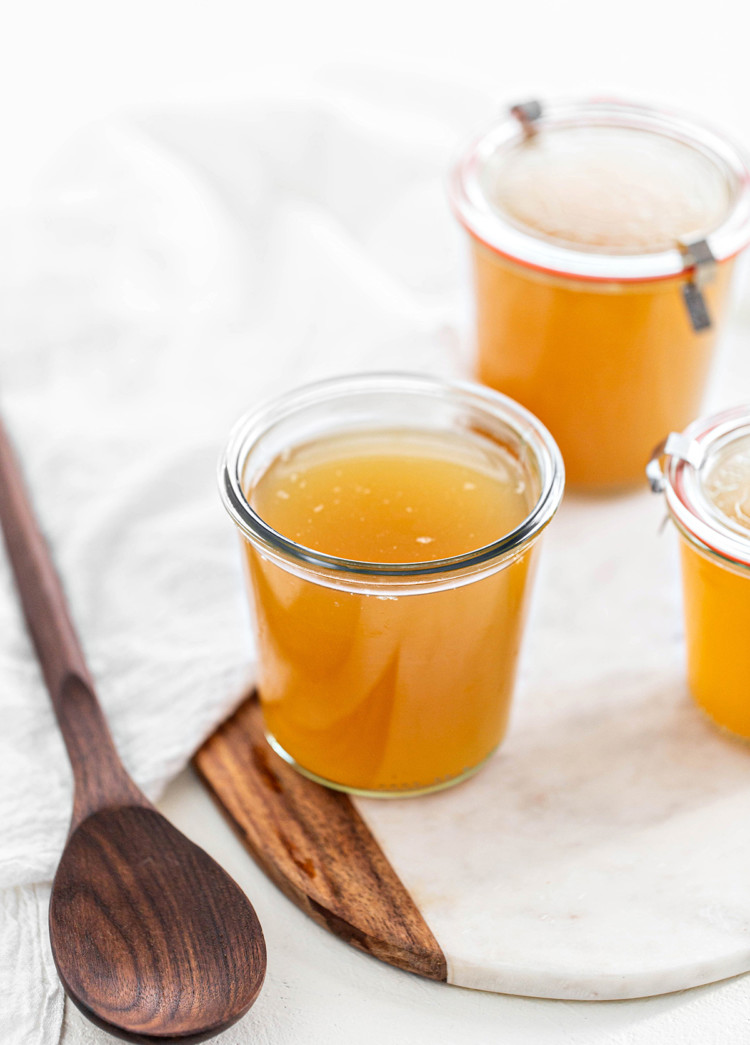
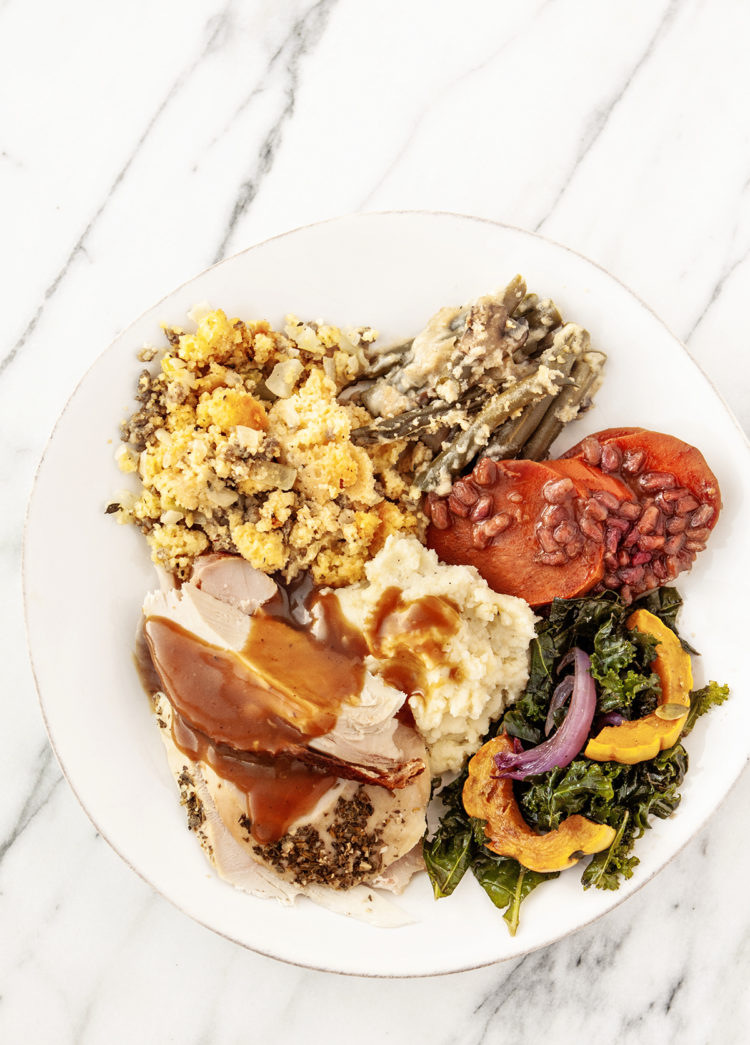

Leave a Comment